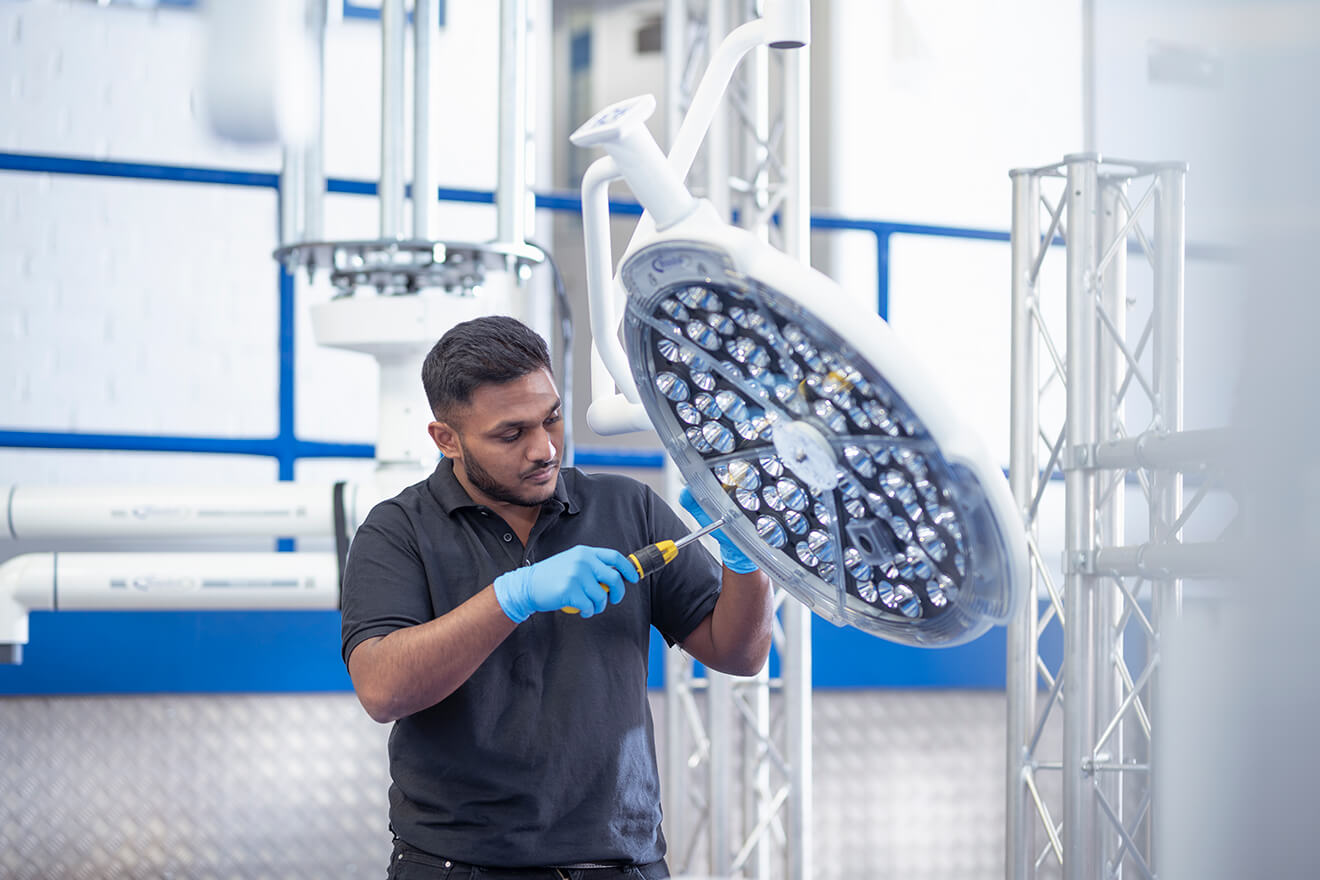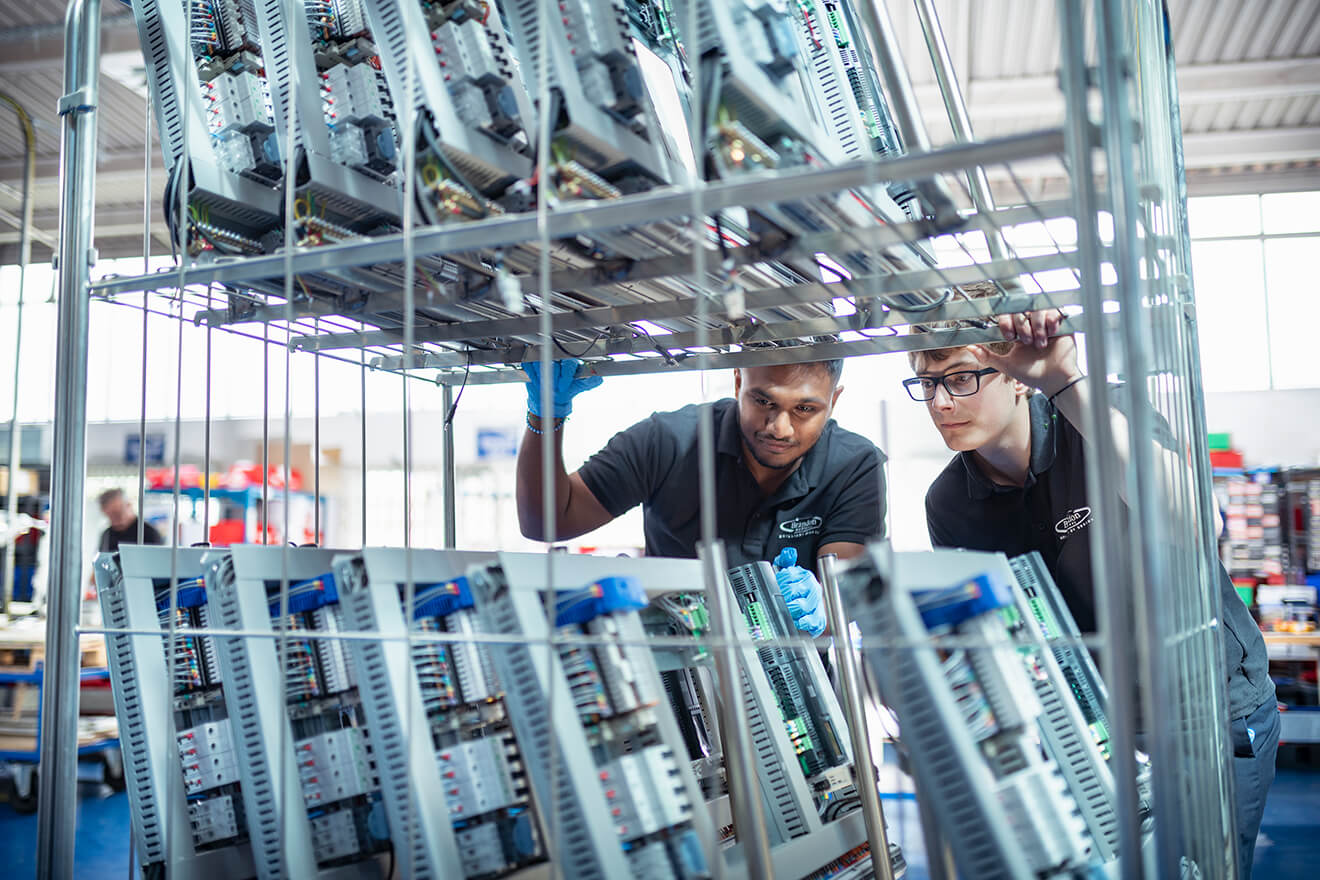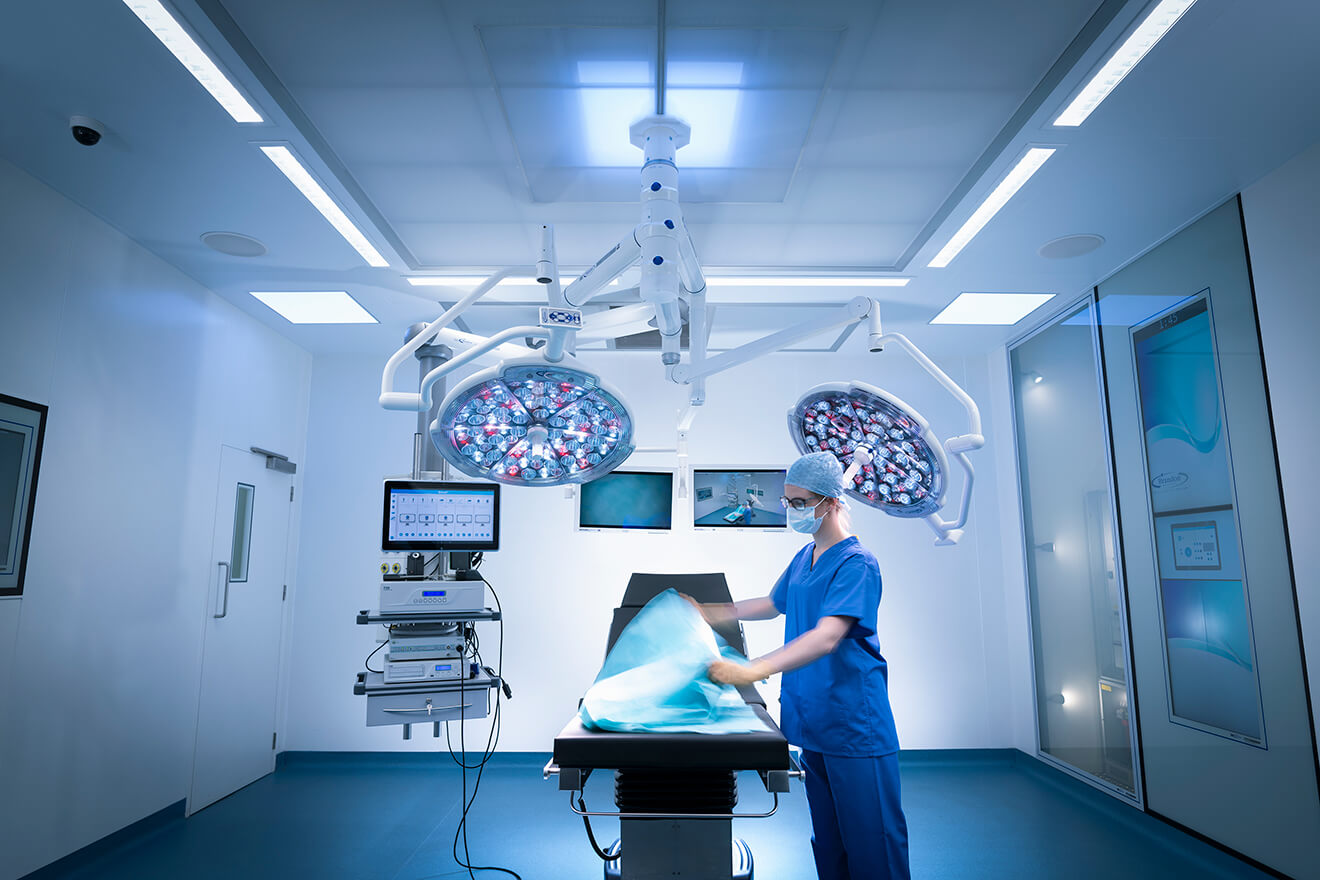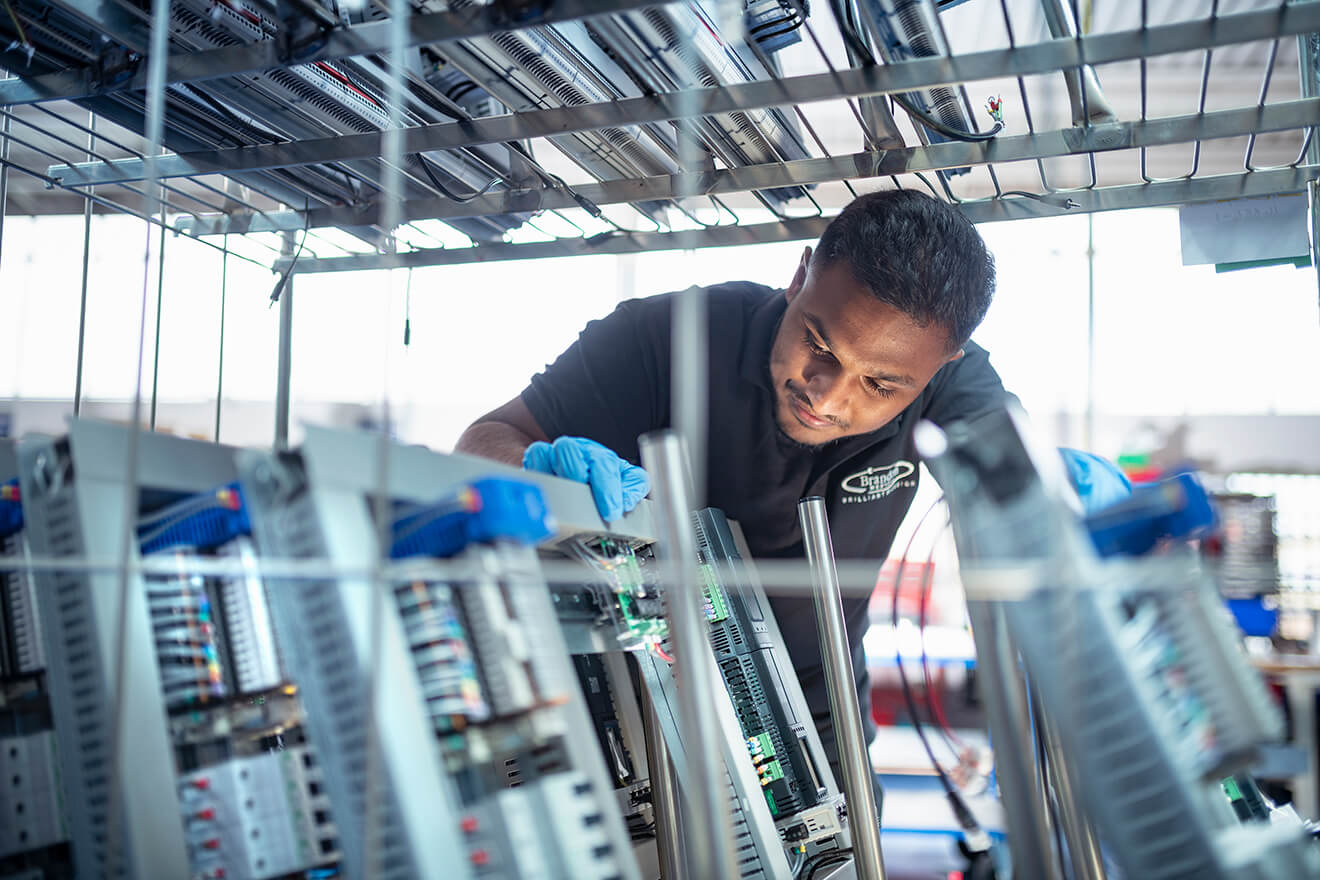For Graeme Hall, the biggest difficulties over Brexit have been over the resulting changes to medical device regulations. “[We have] additional cost for zero benefit. It makes it harder for UK companies to compete and the ultimate cost will end up being paid by customers,” he says.
Hall is executive chairman and co-owner of Brandon Medical, a Leeds-based manufacturer of specialised lighting for operating theatres that employs about 80 people. Following the UK’s departure from the European Union, Brandon has had to spend heavily to comply with two sets of regulatory standards – one of which has gone through big changes while the other is in the process of being set up.
A third of Brandon’s £12m of annual sales is exported – in the past three years the company has sold equipment to 70 countries, in some cases designing bespoke lighting systems for use in specialist surgical settings. Healthcare regulation requires businesses making hospital equipment to comply with detailed rules over manufacturing and use.
 Making lighting for operating theatres is a precision business - but Brexit has thrown it out of gear, says a leading manufacturer of the equipment
Making lighting for operating theatres is a precision business - but Brexit has thrown it out of gear, says a leading manufacturer of the equipment
Until Brexit, the standards for UK companies were set in Brussels, using input from all EU member nations including the UK. Compliance with EU standards is indicated using the CE Mark, which is widely accepted globally as a basis for other countries’ own product standards.
 The EU exit has led to "additional cost for zero benefit", according to Graeme Hall, Brandon's chairman
The EU exit has led to "additional cost for zero benefit", according to Graeme Hall, Brandon's chairman
International respect for the CE Mark assisted Brandon’s exports while Britain was still an EU member. But as Britain was leaving the EU, Brussels brought in sweeping changes to its medical device standards. These required any company that wanted to continue using CE marking to reclassify, and sometimes modify, its products to meet the new rules.
“We would have had to do this work anyway, but Brexit threw a spanner in the works because the medical device auditors and notified bodies which certify medical device manufactures have to be based in an EU country and after Brexit, all the [accredited UK auditors] were not [accepted],” Hall explains. “[We were left] scrambling to find new auditors in an EU state, all of whom were inundated with work due to the change…and a load of UK companies suddenly wanting their services.”
 The company's experiences over new regulations shines a light on some of the downsides to leaving the European trading bloc
The company's experiences over new regulations shines a light on some of the downsides to leaving the European trading bloc
The biggest headaches, however, were over the UK’s desire to replace CE marking with its own system of regulatory labelling, using the so-called UKCA standards. While there is some overlap between the two systems, there are also important differences that require more work by Brandon to ensure the products it sells to National Health Service and other UK customers meet the new UK standards.
To complicate matters further, when Brandon sells to the EU, it must appoint an “authorised representative” based in the EU country in question to check, among other things, that the correct CE marking has been used. “There’s obviously a fee for this,” Hall observes.
 Brandon employs 80 people, mainly at its Leeds factory
Brandon employs 80 people, mainly at its Leeds factory
He sums up: “We now must maintain two [the UK and EU] regulatory marking systems, adding up to a huge volume of documentation. This is a significant overhead as all the product labelling, packaging, instructions for use and regulatory texts must be [kept updated]…Going forward, we expect that some countries will not recognise UKCA and we will have to maintain CE marking as well in order to export.”
